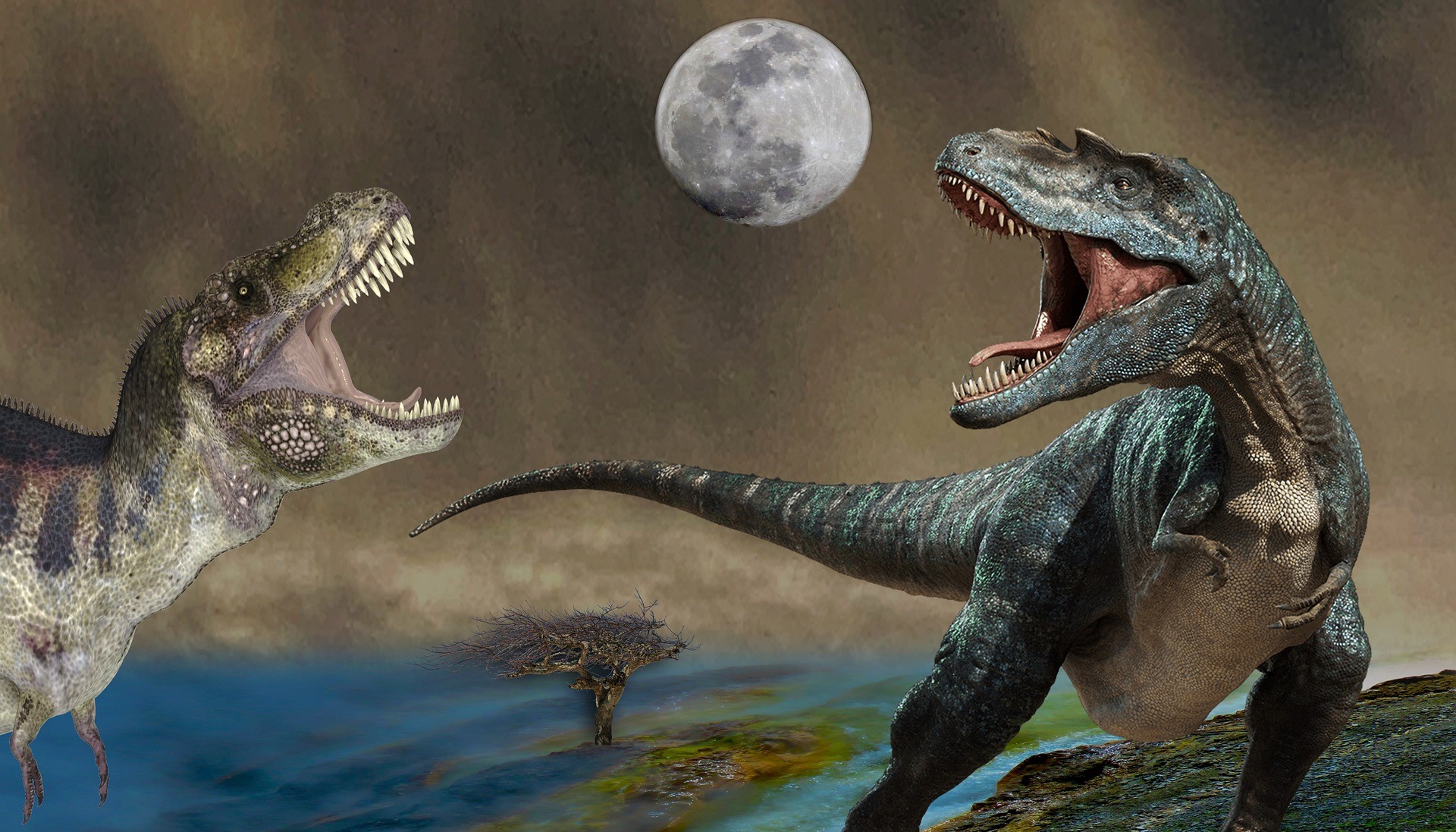 he realm of space exploration has always held a sense of wonder and fascination for humanity. In a groundbreaking study, researchers have put forward the intriguing hypothesis that dinosaur bones, remnants of prehistoric life on Earth, may potentially exist on the Moon. This thought-provoking theory has captivated the attention of the scientific community and the general public, igniting debates about the possibility of discovering ancient fossils beyond our planet. Drawing on the thought-provoking article “Ancient Earth fossils could be found on the moon” published by NewScientist, we delve into the research behind this concept, the mechanisms that could have led to dinosaur bones on the Moon, and the implications such a discovery would have for our understanding of Earth’s history and the cosmos.
he realm of space exploration has always held a sense of wonder and fascination for humanity. In a groundbreaking study, researchers have put forward the intriguing hypothesis that dinosaur bones, remnants of prehistoric life on Earth, may potentially exist on the Moon. This thought-provoking theory has captivated the attention of the scientific community and the general public, igniting debates about the possibility of discovering ancient fossils beyond our planet. Drawing on the thought-provoking article “Ancient Earth fossils could be found on the moon” published by NewScientist, we delve into the research behind this concept, the mechanisms that could have led to dinosaur bones on the Moon, and the implications such a discovery would have for our understanding of Earth’s history and the cosmos.
The Origins of the Theory
The proposition that dinosaur bones could be present on the Moon stems from a deeper understanding of geological processes and cosmic events.
The idea builds upon the existence of fossils on Earth, which provide valuable insights into our planet’s distant past. Fossils serve as windows into the extraordinary diversity of life that once thrived on Earth, including the magnificent dinosaurs. Scientists acknowledge the significance of these ancient remnants in unraveling Earth’s history and the complex evolutionary journey that has taken place.
Extensive research has shown that the Moon has undergone geological activity over billions of years. From volcanic eruptions to asteroid impacts, these processes have played a pivotal role in shaping the lunar landscape. It is within this context that the possibility of dinosaur bones and other ancient Earth materials being transported to the Moon is contemplated. The geological dynamics on both Earth and the Moon contribute to this thought-provoking hypothesis.
Transport Mechanisms and Lunar Settlements
Understanding the potential mechanisms by which dinosaur bones could have made their way to the Moon is crucial in evaluating the viability of this theory.
One possible transport mechanism involves powerful asteroid impacts on Earth’s surface. These cataclysmic events can eject debris and fragments into space, some of which may have contained dinosaur bones. The tremendous energy released during such impacts could propel these fragments with enough force to escape Earth’s gravitational pull and eventually reach the Moon. The lunar surface, which lacks an atmosphere, could have served as a landing site for these extraterrestrial remnants.
Another intriguing aspect to consider is the prospect of lunar settlements. As humans continue to explore and potentially colonize the Moon, the presence of ancient fossils could become a reality. Lunar settlements would provide a unique opportunity for scientists to study the remains of prehistoric life from Earth and gain invaluable insights into the evolution of our planet.
Implications for Earth’s History and Cosmology
The potential discovery of dinosaur bones on the Moon would have far-reaching implications for our understanding of Earth’s history and the wider cosmic context.
Dinosaur fossils on the Moon would offer an unprecedented opportunity to study ancient life forms in a new light. These extraterrestrial remnants would provide scientists with an unparalleled understanding of Earth’s prehistoric biodiversity, including the anatomy, physiology, and evolutionary aspects of dinosaurs. Such discoveries could fill critical gaps in our knowledge and reshape the existing narratives surrounding these majestic creatures.
The presence of dinosaur bones on the Moon would not only transform our understanding of Earth’s history but also deepen our comprehension of the interconnectedness of celestial bodies. The discovery would underscore the dynamic nature of the universe and the potential for cross-pollination of materials between planets and moons. It would serve as a testament to the intricate relationship between Earth and its cosmic neighbors.
The possibility of dinosaur bones existing on the Moon presents a thrilling and thought-provoking avenue of exploration. While further research and evidence are required to substantiate this theory, the concept challenges our perspective on the boundaries of life and the intricate connections between celestial bodies. The potential discovery of dinosaur bones on the Moon would not only revolutionize our understanding of Earth’s ancient past but also inspire new avenues of inquiry in the fields of paleontology, planetary science, and space exploration.
Avid Writer with invaluable knowledge of Humanity!
Upcoming historian with over 30 million views online.
“You make your own life.”





